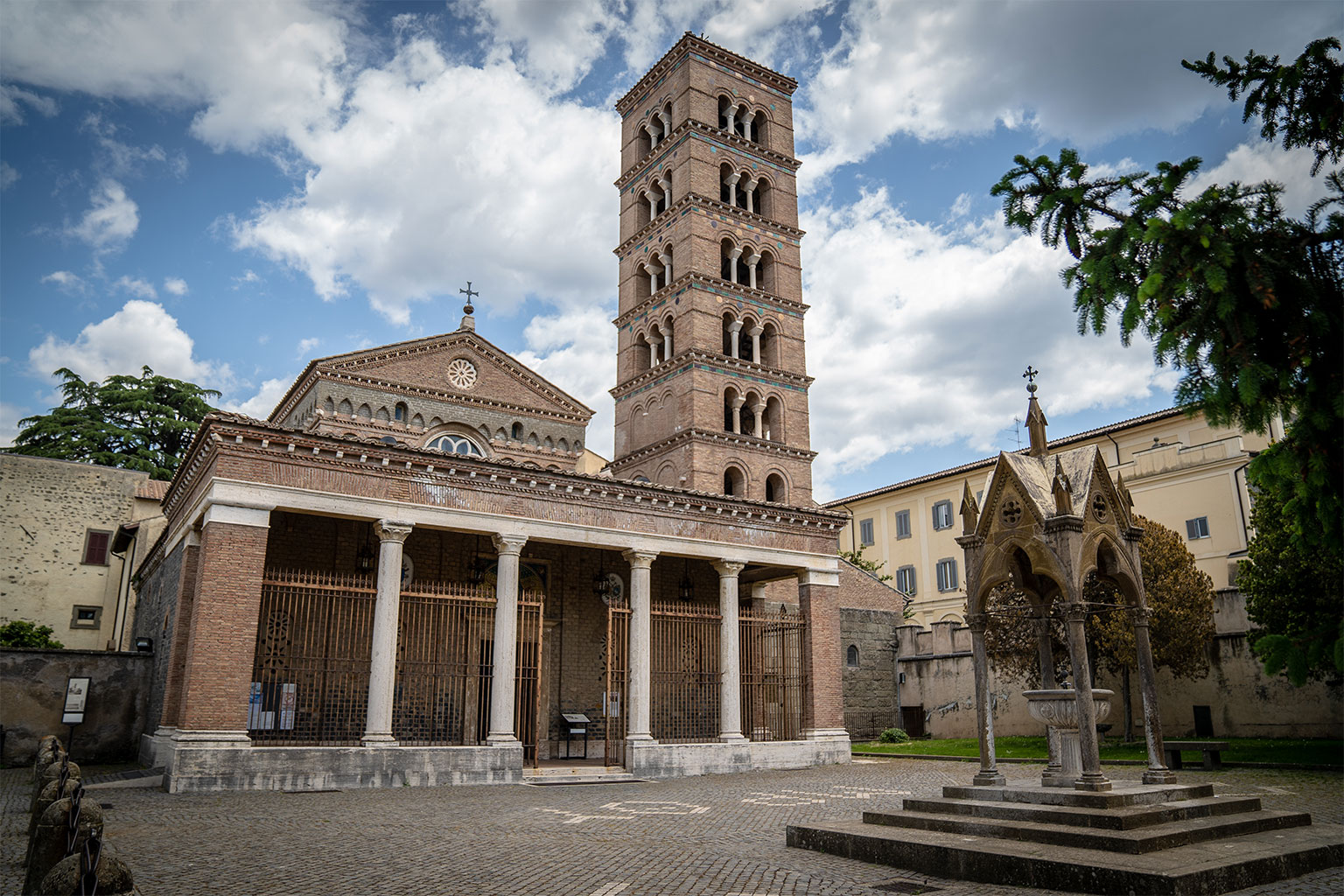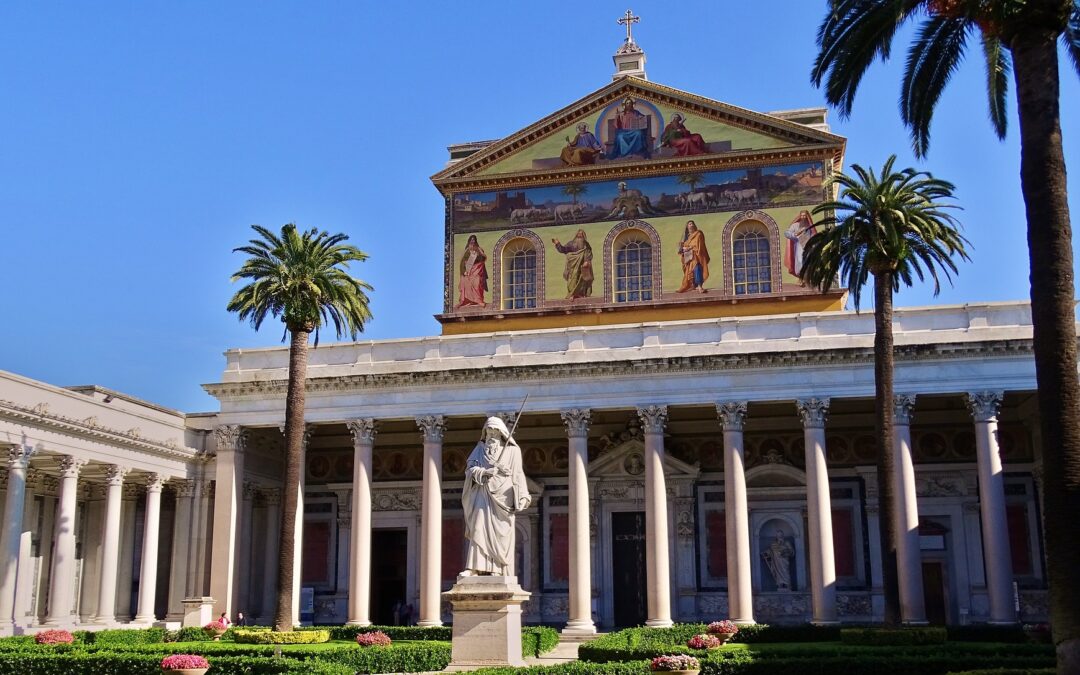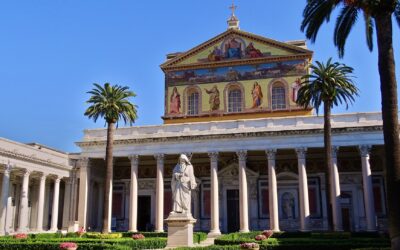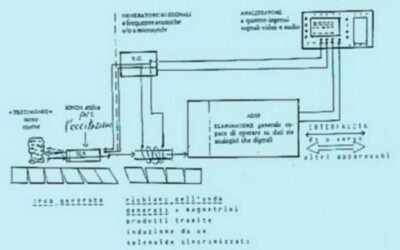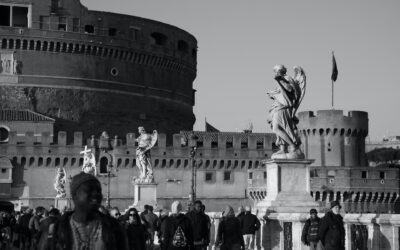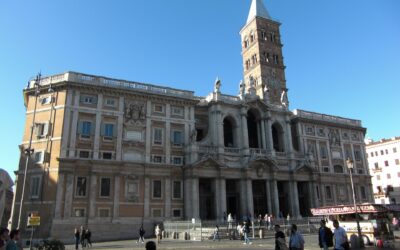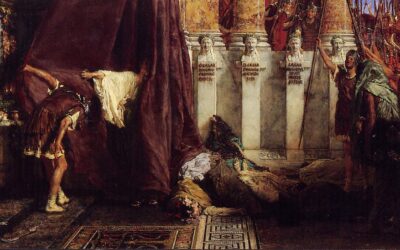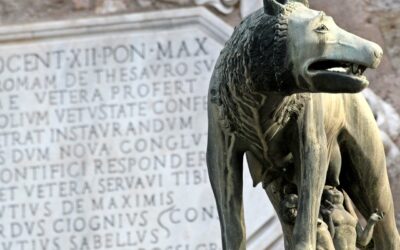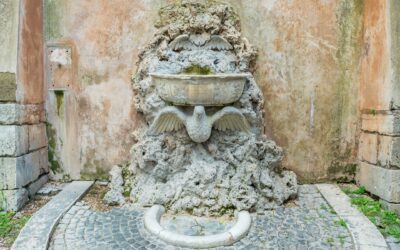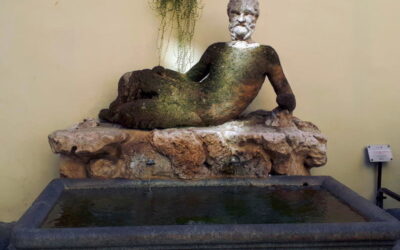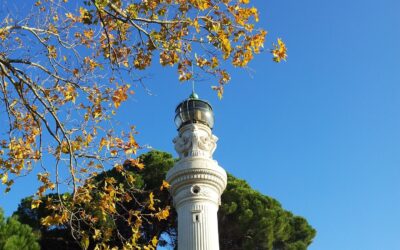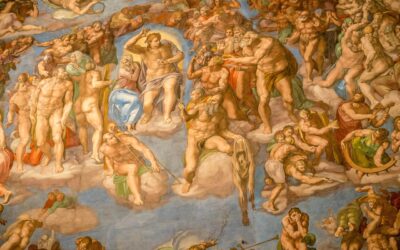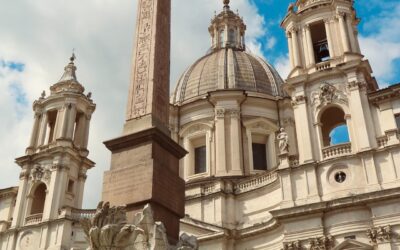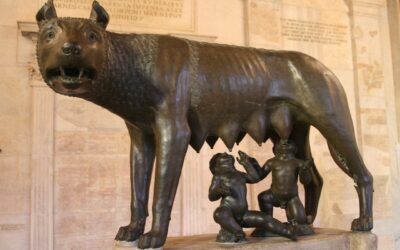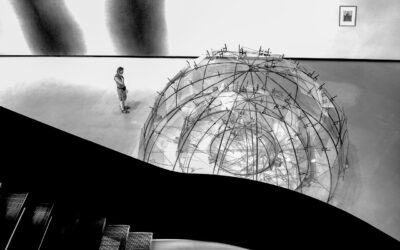Grottaferrata Abbey, also known as the Abbey of Santa Maria di Grottaferrata, is a remarkable monastic complex situated in the charming town of Grottaferrata, located in the Alban Hills just a short distance from Rome, Italy. With a history spanning over a thousand years, the abbey is an enchanting testament to the enduring spiritual and cultural heritage of Italy. This article explores the captivating history, exquisite artistry, and spiritual significance of Grottaferrata Abbey, shedding light on the hidden gem that has stood the test of time.
- The Origins of Grottaferrata Abbey
1.1 Foundation and Early History
Grottaferrata Abbey traces its roots back to the 11th century when Saint Nilus the Younger, a Byzantine monk and abbot, founded the monastic community in the Alban Hills. Saint Nilus sought refuge in the area, eventually discovering a natural cave (grotta) in which he established a hermitage. The cave’s iron deposits (ferrata) gave rise to the name “Grottaferrata.”
1.2 The Byzantine Connection
As a Byzantine monk, Saint Nilus brought with him the traditions of Eastern Christianity to the abbey. Grottaferrata Abbey became a bastion of Byzantine spirituality in the Western world, preserving unique liturgical practices and fostering artistic exchanges between the Eastern and Western churches.
- The Splendor of Byzantine Art
2.1 The Magnificent Mosaics
One of the abbey’s most treasured features is its stunning Byzantine mosaics. Adorning the church’s interior, these mosaics depict scenes from the life of Christ, the Virgin Mary, and various saints. The brilliance of the gold and the intricate detailing showcase the skill of Byzantine craftsmen who contributed to the abbey’s artistic heritage.
2.2 The Iconostasis
The abbey’s iconostasis, a partition covered with icons, is a distinctive feature of Byzantine churches. This elaborate structure separates the sanctuary from the nave and is adorned with religious icons representing various aspects of the Orthodox faith.
2.3 Iconography and Symbolism
Byzantine art is renowned for its symbolic language, and Grottaferrata Abbey’s mosaics and frescoes are no exception. The images and motifs carry deep theological meanings, inviting visitors to contemplate the mysteries of the Christian faith.
- A Haven of Spirituality and Learning
3.1 The Monastic Community
Grottaferrata Abbey has been home to a monastic community of Basilian monks for centuries. The monks, following the Rule of Saint Basil, have devoted their lives to prayer, study, and manual labor, carrying on the traditions established by Saint Nilus.
3.2 The Abbey Library
The abbey’s library is a treasure trove of historical manuscripts, rare books, and illuminated texts. Housing over 50,000 volumes, the library preserves ancient texts and religious works, reflecting the intellectual pursuits of the monastic community through the ages.
3.3 Cultural and Artistic Patronage
Throughout its history, Grottaferrata Abbey has been a center of cultural and artistic patronage. The abbey’s support for the arts has led to the creation of numerous religious artifacts and illuminated manuscripts, adding to the richness of Italy’s artistic heritage.
- The Abbey’s Historical Significance
4.1 Survival and Restoration
Grottaferrata Abbey has faced challenges over the centuries, including periods of neglect and destruction during invasions and wars. Despite these trials, the monastic community and the abbey’s structures persevered, and extensive restoration efforts have preserved its architectural and artistic splendor.
4.2 Witness to History
Throughout its existence, the abbey has borne witness to significant historical events, including the rise and fall of empires, the Renaissance, and the reunification of Italy. It stands as a testament to the continuity of faith and culture in the face of changing times.
- Visiting Grottaferrata Abbey
5.1 Spiritual Pilgrimage
For visitors seeking a profound spiritual experience, Grottaferrata Abbey offers a tranquil and reflective atmosphere. The harmonious blend of Byzantine and Romanesque architecture, adorned with exquisite mosaics and frescoes, creates an ambiance conducive to prayer and contemplation.
5.2 Cultural and Artistic Exploration
Art enthusiasts and history lovers will find much to admire within the abbey’s walls. The breathtaking mosaics, ancient manuscripts, and artifacts provide a glimpse into Italy’s artistic heritage and the enduring legacy of Byzantine influence.
5.3 A Journey Back in Time
A visit to Grottaferrata Abbey is a journey back in time, allowing visitors to immerse themselves in a unique blend of Eastern and Western Christian traditions. The abbey’s spiritual and cultural richness offers a profound connection to centuries of history.
Grottaferrata Abbey stands as a testament to the enduring spiritual and cultural heritage of Italy. From its humble beginnings as a hermitage founded by Saint Nilus the Younger to its present-day role as a thriving monastic community and cultural treasure, the abbey has endured the test of time. Its exquisite Byzantine mosaics, rare manuscripts, and unique blend of Eastern and Western Christian traditions make it a hidden gem worth exploring for those seeking an authentic connection to Italy’s rich history and spirituality. Grottaferrata Abbey invites visitors on a journey of discovery, offering a glimpse into centuries of artistry, faith, and profound spiritual heritage.

